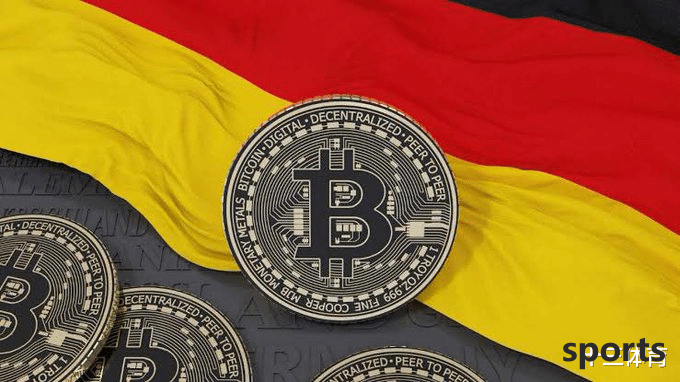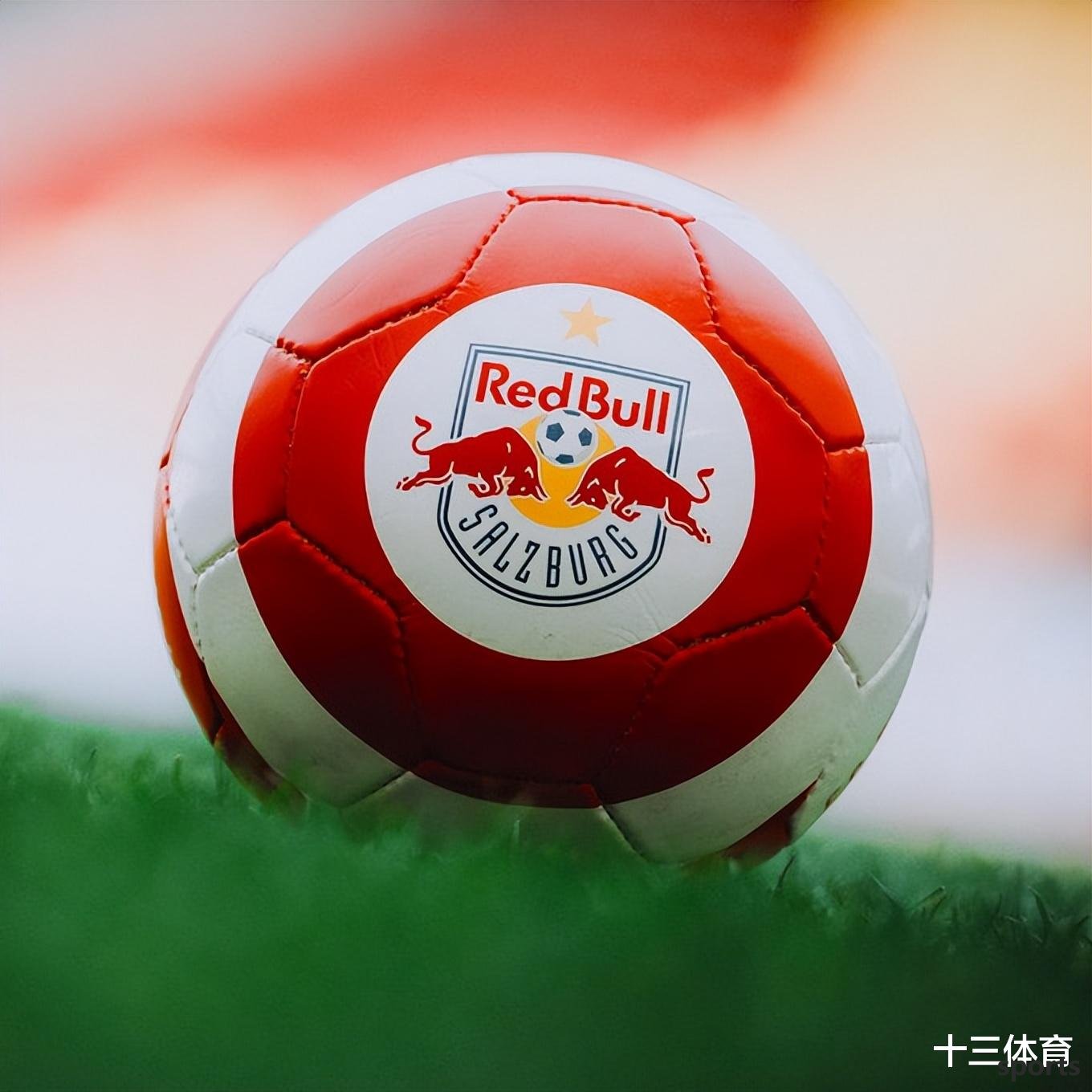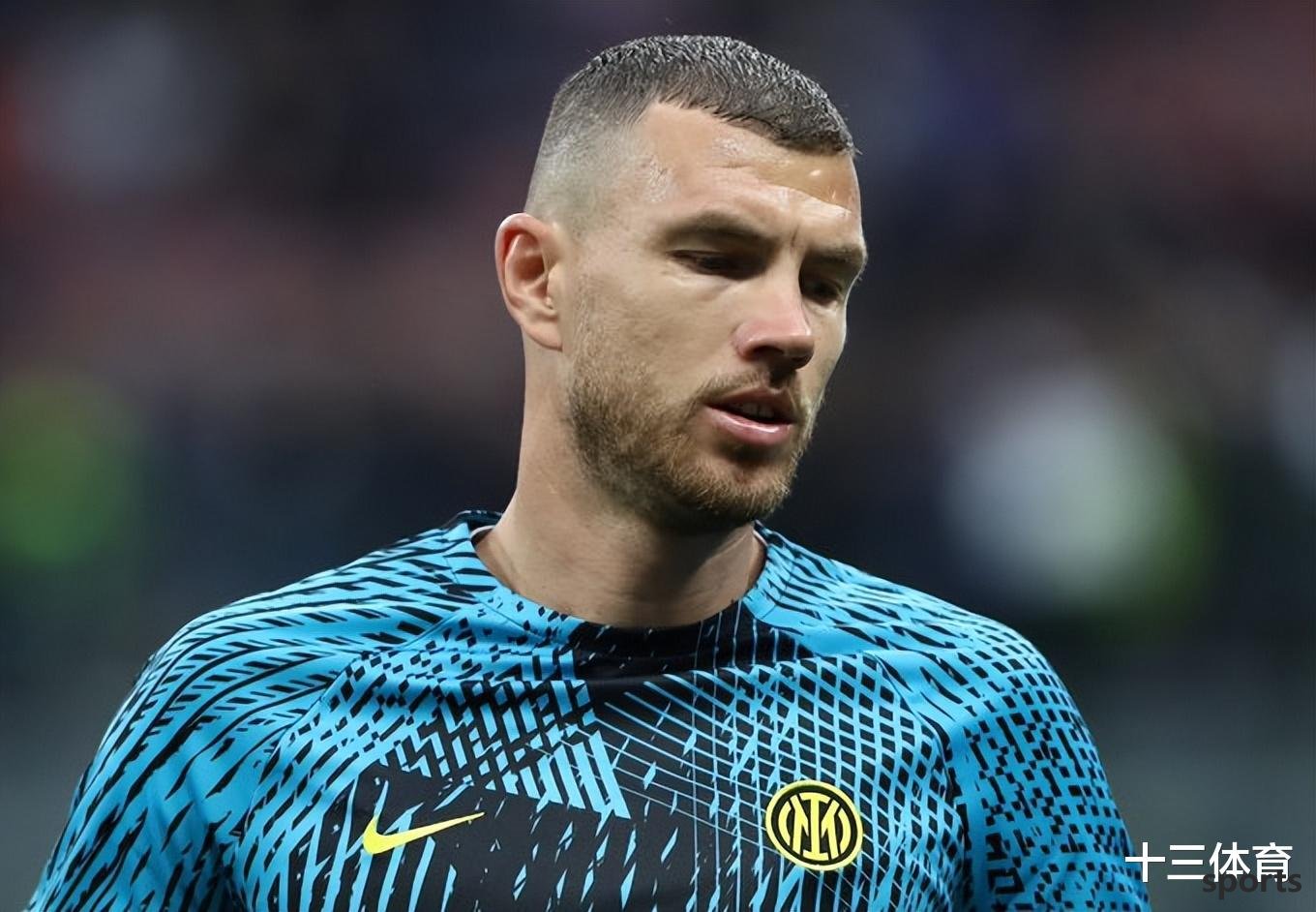Portugal has become the most stable "talent supply chain" of the Premier League? Looking at the truth about the transfer of the five major leagues from big data
The summer window is here again, and those hot Bundesliga strikers are being watched by Premier League giants - this has happened before, right? As for the effect, there are both good and bad. In "Soccernomics", a classic of football economics that has been repeatedly revised, Simon Cooper and Stefan Simansky clearly pointed out that the total salary of the team is highly correlated with the team's success, while the investment in the transfer market is almost unrelated. This is crazy, but it seems to make sense. Look at Mbappe's two transfers: one is 180 million euros and the other is 0 euros. What truly reflects his value continuously is his salary, not transfer fees. While we are fanatical about the transfer market, a cold fact is right in front of us: the actual performance of high-priced players is extremely unstable. Demberle joined Barcelona for 135 million: failed. 50 million to Paris: Success. Neymar went to Paris for 222 million: It's not a failure, but it's definitely not worth it. 90 million transfer to Riyadh Crescent? disaster. So, the question is: Can we learn something from these sky-high transfers? Measure value by playing time: 2,000 transfers tell you the answer To find the answer, ESPN has created a dataset covering the top 200 most expensive transfers per year in the past 10 seasons (total 2,000), and measures player value by "league playing time". The average age of the sample players was 23.6 years old, and the average transfer fee was 23.6 million euros. The proportion of average playing time in the first year was 57.3%, the second year dropped to 41.9%, and the third year was only 28.4%. Calculated based on "50% weight to the first year, 33% second year, 17% third year", the player's "weighted appearance rate" is 47.4%. Therefore, this is used as a criterion for judging whether a transfer is "successful". The Premier League has strong absorption power, but the real stable output is that Portugal has 699 people transferred to the Premier League, and their weighted appearance rate is 47.5%, which is the same as the average. But from the perspective of the source league: Ligue 1 players transfer to the Premier League, with a weighted appearance rate of only 47% European Eredivisie is even lower, only 45.8% In comparison, La Liga is 53.7%, the internal circulation of the Premier League is 53.8%, and Portugal is as high as 57.5%! This explains why the Portuguese Super League has become a "talent-rich mine" in the Premier League in recent years: Enzo Fernandez (121 million euros) joined Chelsea from Benfica, Raul Jimenez, Patricio, Darwin Nunes and other Portuguese Super League players frequently enter the Premier League, and have good playing time Benfica has frequently sold people in recent years but can still steadily enter the Champions League round of 16 or even the top 8. Although Portuguese Sports has less big money, it has won three league championships in the past five years and has also performed stably. Once the "supply chain" breaks: How dangerous will it be for the Bundesliga? In the past, Red Bull Salzburg was the "raw materials factory" in the Bundesliga: Haaland, Keita, Sobosloy, and Upamecano all came from here. But in the 2024-25 season, they ranked third in the Austrian League, and Leipzig also set the worst record since the Bundesliga promotion. Players like Noah Okafor and Pavlovic performed mediocrely after transfer, and even Cesco was struggling. Bundesliga needs to start worrying: if the "feeding chain" breaks, the consequences may be serious. The same should be true in the Premier League - if Benfica "stops production", who will take over? Brazil's "direct sales" model is not reliable In recent years, top giants tend to "bypass the transit station and buy Brazilian geniuses directly": Real Madrid directly signed 18-year-old stars from Brazil's A four-time Brazilian League: Vinicius, Rodrigo, Rainier, Enderick Manchester City, Paris, and Barcelona also joined the "snatch war" But what's the result? Only Vinicius and Rodrigo were truly successful. Rainier has never gained a foothold in Real Madrid after 5 years and 5 times; Vito Rock was bought by Barcelona and sent back to Brazil one year. From the sample, 43 Brazilian directly "exported" players, with an average age of 20.2 years, and a weighted appearance rate of only 28.3%, far lower than any European League exporter. British Player: Only by going out can you have a future! "Soccernomics" once pointed out that the global countdown of the "transfer export rate" of British players is only higher than that of Myanmar and Nepal. But these 12 cases of transfers abroad were almost all successful: Sancho and Bellingham went to Dortmund and became famous in one shot. Trippier, Seamorin, Abraham, Tomori, Kane... either played as the main player or won the championship. Mason Greenwood scored 21 goals in Marseille; Tony scored goals in Saudi Arabia, and these people had a weighted appearance rate of 66.9%, which is a perfect model. For British players: jump out of their comfort zone and have a broader road ahead. Serie A: The "parental paradise" of European football, but extremely efficient Serie A is known for its seniority and strong tactics. From the data, it can be seen that: Transfer to Serie A players from La Liga, with a weighted appearance rate: 55.5% The Premier League is 54.5%, which is also good C Ronaldo's three-year attendance rate is extremely high, and Lukaku won the Serie A cup both times; parity veterans such as Dzeko, Zanpacosta, and Anguysa all performed well; Salah also regained his vitality in Serie A. Of course, there are also cases of failure: Douglas Louis was injured after transferring to Juventus; Atlanta paid nearly 30 million euros for Toure, but there was no return. But overall: Serie A's "take-up" efficiency ranks among the top in all leagues. Summary: Don't be superstitious about "high-priced transfer = success". On average, the appearance time of an expensive transfer in the first three years is less than 50%. Whether a player can play and perform is far more important than the transfer amount. The Portuguese League is the "source of stable talents" in the Premier League; Brazilian geniuses should not skip the level and advance, the transfer success rate is too low; If British players want to break through, they might as well consider going abroad; Although Serie A is "old", it is still a very cost-effective choice. The data reminder behind this 2,000 transactions: What determines success or failure is not the numbers, but the matching, environment and patience. 




- Recent Posts
-
- Asia s Light! Riyadh Crescent
- One day s Serie A trend: Milan
- Lille lost, Paris has not lost
- Paris defeated Atletico Madrid
- Eight active international pla
- Club World Cup: Real Madrid "r
- 2-1 to 5-7! The 803-day undefe
- Marca: The club will not sell
- Each Sport: Barcelona handles
- Former Arsenal youth team capt
- Hot Posts
-
- Club World Cup Winning Predict
- Another upset! Swedish star Mo
- [Today s Event] 3-string 1: Ma
- Upset! Real Madrid draws again
- The empty goal failed! The Chi
- Real Madrid has made great cha
- Barcelona Lamacia scored a goa
- Unwilling to give up! De Bruyn
- Manchester United has a new mi
- Master level! The 17-year-old
- 92 minutes of the game! The pl
- Alonso s intervention and inte
- Foden took Burberry s hard pho
- Italian media: Arnau & Cor
- The number of successful playe
- He is the only player called "
- The Club World Cup was also di
- 40-year-old Cazorla: Before re
- Donnarumma suggests that Paris
- Chelsea faces the trouble of c
- search
-
- Links
-
